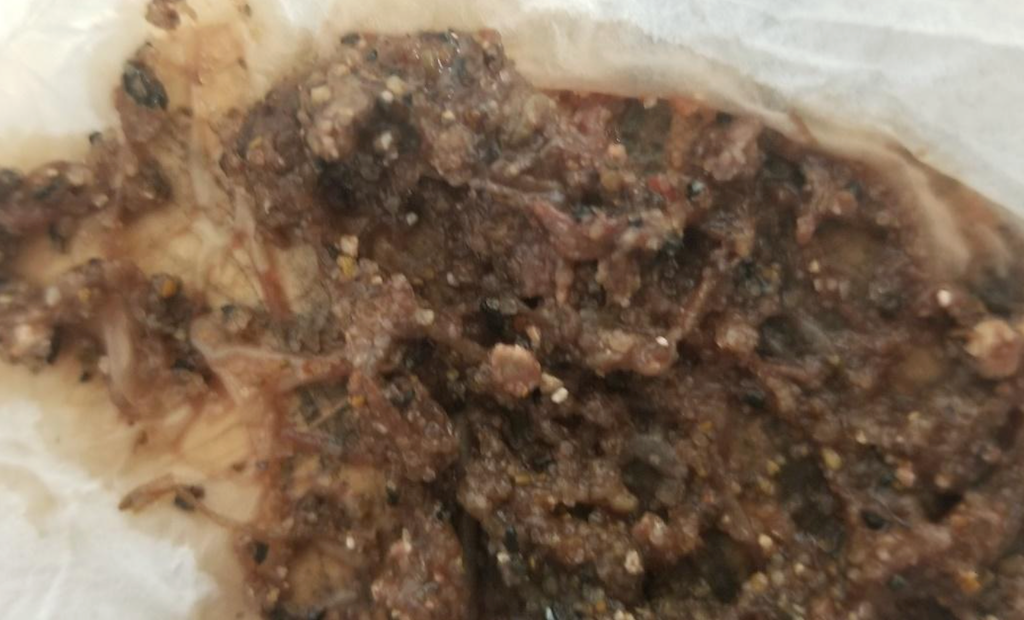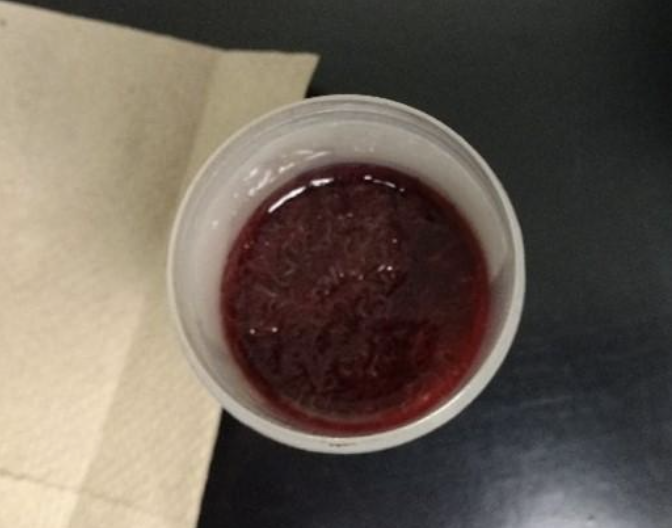Interested in Education/Training?
Get Education/Training articles, news and videos right in your inbox! Sign up now.
Education/Training + Get AlertsTubifex worms are unique in that they are visible by the human eye as red or pink tinted worms and sometimes can plug filters and pumps.
Generally, the root cause of Tubifex worms is the presence of septic/decaying sludge somewhere within the system. Common areas in which Tubifex worms are reported include collection systems, post-treatment equalization basins, tertiary filters, and dead spots of aeration basins in which there is settled out sludge.
Long-term solutions for Tubifex worms involve preventing the ability for sludge to settle out of the process and decay. Short-term solutions may involve physical removal (jetting, vac trucks etc.) and chlorination. Finding where the area of settled out sludge is located is often the most challenging issue for addressing long term issues.
The term “Tubifex” is a broad/general term and likely includes many genera and species, however differentiating these at a taxonomic level is not warranted from a practical standpoint in wastewater treatment. Also, the physical appearance of Tubifex worms may vary depending upon factors such as what they are eating and the salinity levels present. Tubifex worms may grow up to 15 centimeters in length with a general body diameter of approximately 1 millimeter and are often bright red due to their hemoglobin-rich cells.
In nature, Tubifex worms eat sediment and selective bacteria using their muscular body to create water currents into the mouth. They may also filter feed by extending a mucous net to capture particles from water. Tubifex worms are commonly found in the sediment of lakes and rivers.
Tubifex worms have physical characteristics that allow them to survive in areas of very low dissolved oxygen or heavily polluted water. These characteristics include a hemoglobin-rich tail that is effective in utilizing any available oxygen, the ability to exchange carbon dioxide for oxygen (similar to frogs), and the ability to form a protective cyst and lower their metabolic rates to withstand long periods of food shortage and other undesirable conditions. In nature, Tubifex worms play a unique role in the ecosystem and are an important food source for marine animals such as fish, crabs and sea birds.
About the author: Ryan Hennessy is the principal scientist at Ryan Hennessy Wastewater Microbiology. He was trained and mentored by Dr. Michael Richard for over 10 years in wastewater microbiology, and serves as a microbiology services consultant. Hennessy is a licensed wastewater treatment and municipal waterworks operator in the state of Wisconsin and fills in as needed for operations at several facilities. He can be reached at ryan@rhwastewatermicrobiology.com. Hennessy's new book Wastewater Microbiology: Filamentous Bacteria Morphotype Identification Techniques, and Process Control Troubleshooting Strategies is now available on Amazon.







